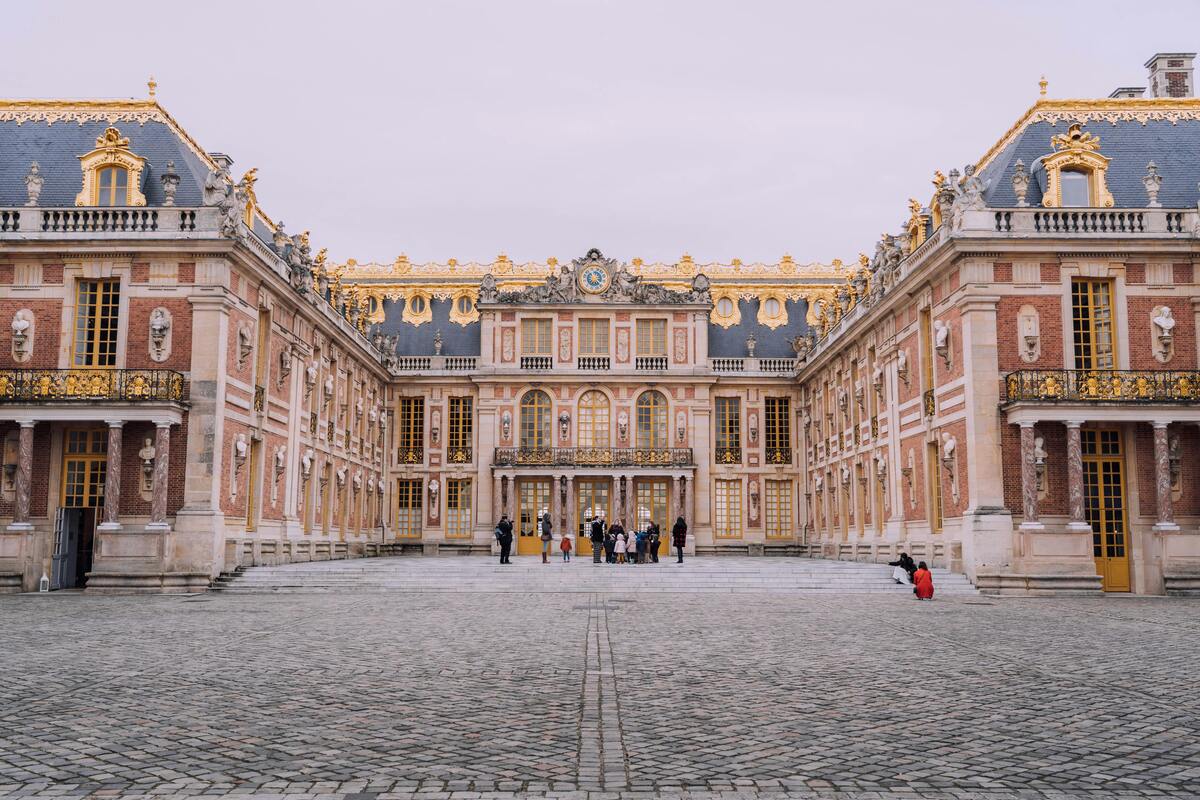Why Did Royal Women Give Birth in Front of Crowds?
.jpg)
Let's take a journey back in time—a journey that might seem worlds apart from your own experience but holds some fascinating insights that can resonate with any expecting mama.
Have you ever wondered why; in centuries past, royal women gave birth in front of large crowds? As surprising as it might sound to us today, this was once a common practice. But why did they do it? What purpose did it serve? And most importantly, what can we learn from these historical practices about birth, tradition, and the importance of support?
In this blog, we will explore the origins of these public royal births, the deep-rooted traditions that shaped them, and the need for public trust and legitimacy that made the presence of crowds so significant.
By understanding the past, we can reflect on our own choices about birth environments, who we want by our side, and the importance of feeling supported and understood during this incredible journey.
Whether you’re preparing for a home birth, a hospital birth, or something in between, there’s a lot we can learn from these historical practices that can empower us to make the best choices for ourselves and our babies.

Historical Context: The Origins of Public Royal Births
For centuries, public royal births were a tradition grounded in both political necessity and cultural beliefs. In an era when monarchies were thought to rule by divine right, the birth of a royal heir was more than a personal family event—it was a critical state occasion that held profound implications for the continuity of the dynasty and the stability of the realm.
To ensure the legitimacy of a newborn and maintain political stability, witnesses—ranging from nobles and midwives to members of the public—were often present during royal childbirth. This practice was rooted in the fear of deception, such as the possibility of switching the baby or presenting an imposter, particularly if there was skepticism about the pregnancy or concerns related to the gender of the baby. In societies where male heirs were particularly prized, confirming the birth of a male child was essential to secure succession and prevent any disputes over the throne.
Beyond preventing fraud, the public nature of these births also served as a powerful symbol of transparency and stability. By allowing witnesses to observe the birth process, the royal family demonstrated their openness and trustworthiness, reinforcing their legitimacy and the public's confidence in their rule. Cultural and religious beliefs further supported these practices, emphasizing the importance of honesty and reinforcing the divine nature of royal authority.
While such customs may seem unusual today, they highlight the historical importance placed on trust, transparency, and legitimacy in royal lineages. Modern birth practices may prioritize privacy and comfort, but the need for a supportive and trustworthy presence during childbirth is a timeless aspect of the human experience.
.jpg)
The Role of Tradition in Royal Birth Ceremonies
Tradition has always played an important role in royal birth ceremonies, influencing every aspect from the setup of the birth room to the rituals that followed.
By adhering to these traditions, royal families sought to reinforce their divine right to rule and the unbroken line of succession that was crucial to political stability. Rituals often included specific prayers, the presence of religious figures, and symbolic gestures designed to emphasize the divine nature of the royal family. Each component was meticulously crafted to connect the newborn to a longstanding legacy of rulers, ensuring that the royal lineage remained unbroken.
Historically, royal births were not just private affairs; they were public spectacles meant to affirm the legitimacy and continuity of the monarchy.
For example, when Marie Antoinette gave birth to her first child in 1778, the room was crowded with courtiers and officials, all present to witness the event and ensure there was no deception about the newborn's legitimacy (History.com). This practice was common among European royals; Queen Marie of Romania also gave birth publicly to her heir in the early 20th century to affirm the royal lineage's continuity and transparency (The Vintage News).
The importance of tradition in childbirth reminds us that, for every mama, birth is a profound cultural experience. Whether through time-honored customs or new rituals, these practices create a meaningful and empowering connection between the past and the future.
Stork Helpers Can Support Your Unique Birth Experience
Reflecting on the traditions of royal births, it’s clear that trust, support, and a meaningful environment have always been central to the birthing experience. While times have changed, the need for a supportive presence during childbirth remains just as vital.
At Stork Helpers, we're here to provide that trusted support, honoring your unique journey with the care and attention it deserves. Whether you wish to incorporate traditions or create a new, personalized birth plan, Stork Helpers will stand by you, offering guidance, comfort, and reassurance.
Your birth experience is your own, and we’re here to ensure it’s everything you envision. Reach out to us today, and let’s plan a birth experience that is truly special to you.
Follow Stork Helpers on Facebook, Instagram, and LinkedIn to learn how we can help you!
Happy with the difference Stork Helpers made in your birthing experience? Leave us a five-star review here!

